Scientific name Cataglyphis Higher classification Ant Order Hymenopterans | Family Formicidae Rank Genus | |
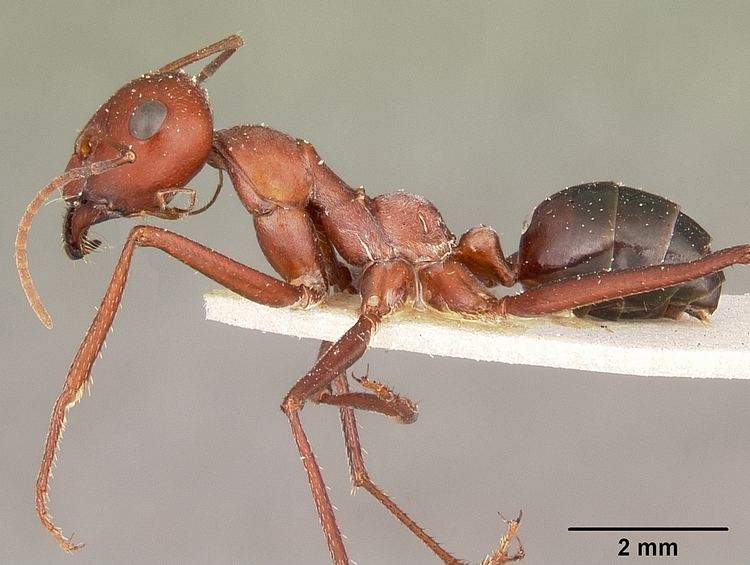 | ||
Lower classifications Sahara Desert ant, Saharan silver ant, Cataglyphis hannae | ||
Bbc silver desert ant cataglyphis sahara desert
Cataglyphis, or desert ants, is a genus of ant in the subfamily Formicinae. Its most famous species is C. bicolor, the Sahara Desert ant, which runs on hot sand to find insects that died of heat exhaustion, and can, like other several other Cataglyphis species, sustain body temperatures of up to 50 °C. Cataglyphis is also the name of an autonomous rover that won the NASA Sample Return Robot Centennial Challenge inspired by the navigation approaches used by desert ants.
Contents
- Bbc silver desert ant cataglyphis sahara desert
- Cataglyphis bombycina saharan silver ant
- Description
- Navigational behaviour
- Distribution
- Parthenogenesis
- References
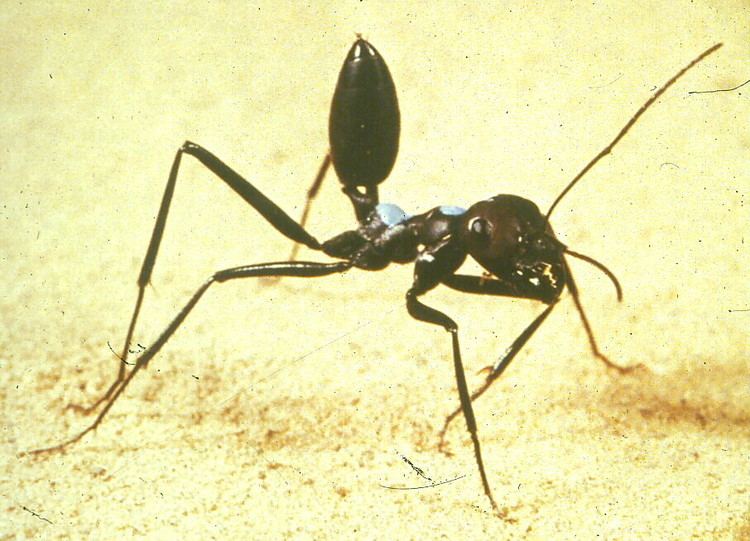
Cataglyphis bombycina saharan silver ant
Description
Species of this genus are behaviourally, morphologically and physiologically adapted to dry and hot habitats.
Navigational behaviour
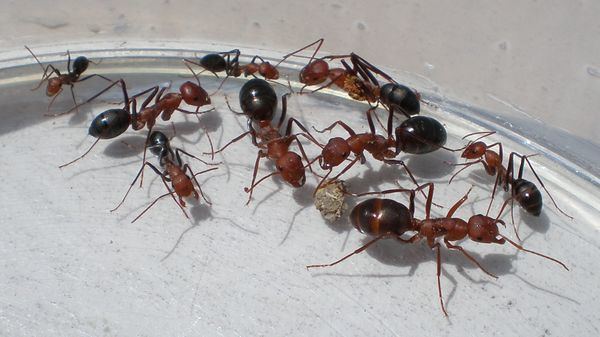
In the Sahara, ants are living where there are no bushes or clumps of grass, and where tracks are covered by wind-blown sand in seconds. The midday sun is so hot that even the permanent residents, sand lizards and insects and a few birds, have to take shelter. But this is when, for not much more than an hour, it's safe for Cataglyphis to come out of their underground nests and forage. According to Wehner, they can withstand higher temperatures than any other insects. They pour out on to the sand and search for insects that have died of heat stress. Each ant dashes about in zigzag patterns, but as soon as one is lucky enough to find a tiny insect corpse, it has to get it back to the nest fast before it itself dies of the heat. It does not retrace the zig-zagging path of its outward journey; even if a scent-trail made this possible, such a route would be time-wasting. Instead, it runs in a straight line directly back to its nest-hole.

On its outward journey, it zig-zags right and left. Every time it changes direction, it lifts its head and wheels around to take a bearing on the sun. In addition, it has to remember how far it went on each straight run. When it’s time to head for home, it has to sum all this data and come out with the precise direction needed. Some outward journeys take an ant a quarter of an hour, with sun-sightings every few seconds.
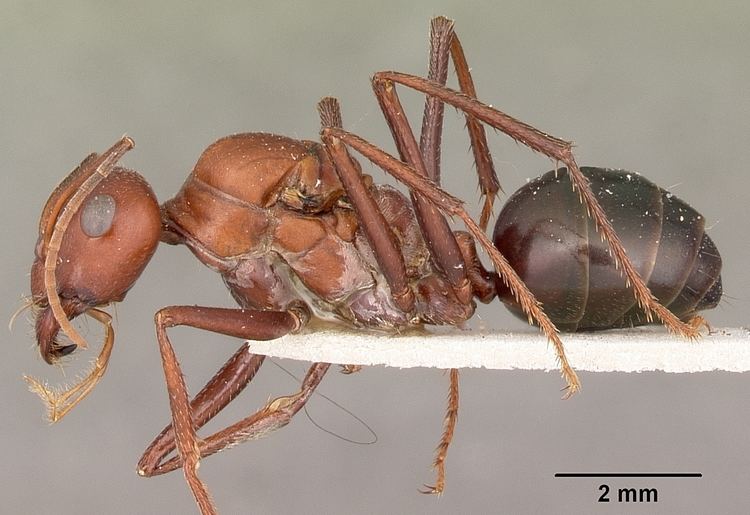
In an experiment, individual ants were fitted with an apparatus, which blocked direct sight of the sun while giving a false impression of where the sun was, using a mirror. When these ants headed for home, they dashed off to a point in the desert displaced by just the amount that the mirror had shifted the sun's position.
Distribution

At least five different species of Cataglyphis occur in the Sahara desert, which may be considered the center of distribution for this genus. Five species also occur in Israel. Some species reach into southern Russia, southern Spain, Yugoslavia, Hungary, the European part of Turkey, and the Aral-Caspian area near Tijanchan.
Parthenogenesis
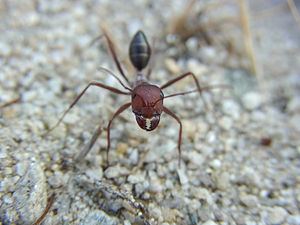
Queen ants of the species C. cursor can produce female reproductive progeny (i.e. potential new queens or gynes) by parthenogenesis. Parthenogenesis, in this case, involves, a process (automictic thelytoky) by which two haploid products of meiosis fuse to form a diploid zygote that develops into a gyne. Queens can also produce female worker ants by sexual reproduction involving fertilisation of eggs.
